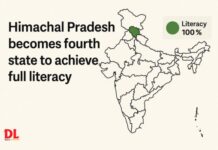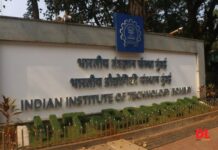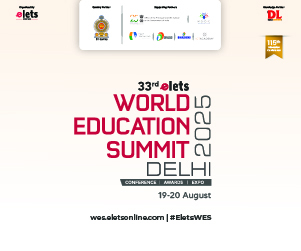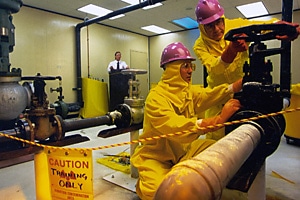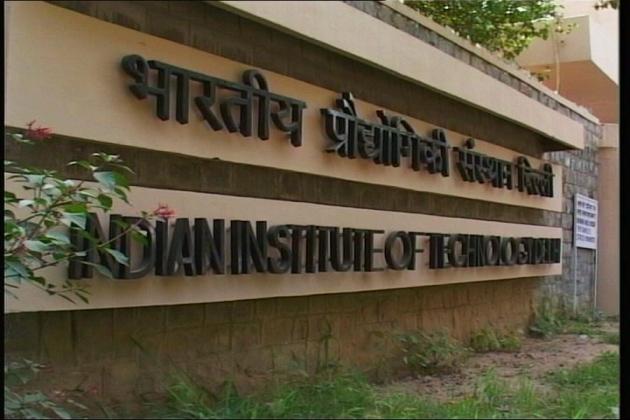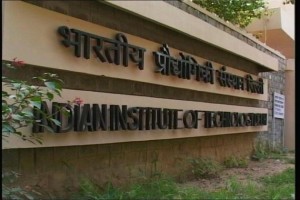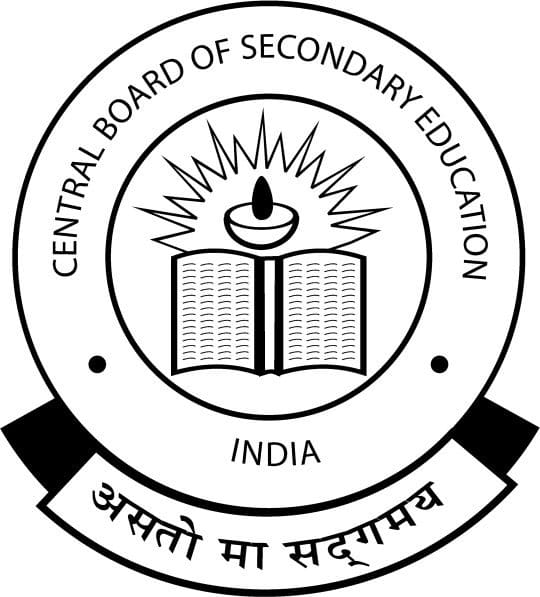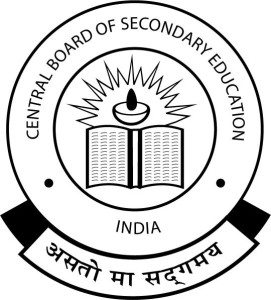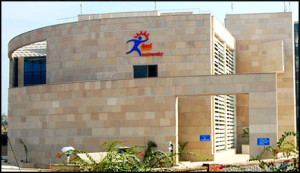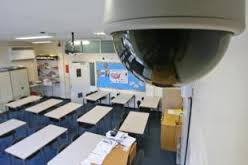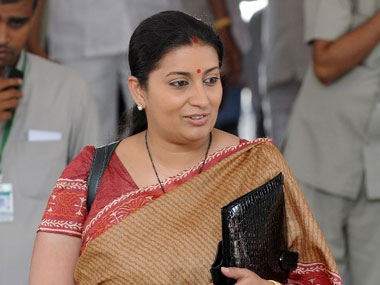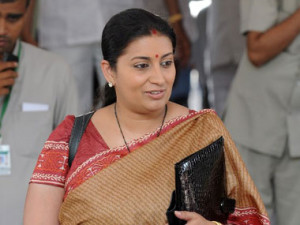As part of the collaboration with India in the field of education, Russia is open to joint degree programmes on nuclear education with some Indian universities.
“This is a priority area for our partnership with India,” Valery Karezin, director, educational projects, human resources department, Russia.
“Nuclear education is very important, not just for nuclear power, but also for related industries like medicine, agriculture, space research, etc,” he said adding: “At present we are training personnel from Kudankulam in India, but this is not full cooperation. There has to be a broader cooperation between Indian and Russian universities on nuclear education.”
This, he said, can develop in two directions. “Indian students can come to Russia for nuclear education or there can be cooperation between the universities of the two countries for a joint degree programme in nuclear education.”
The plan is still in a beginning stage, he said.
“Some Indian universities have shown interest. A start can be made by some of our professors visiting the Indian universities and getting feedback,” he added.
Another area, he said where Russia could collaborate with India was in training programmes for qualified personnel in nuclear industry.
“They already exist, but it is not so complex. There is a need to make it more complex and broad. They can come to Russia or they can have an intensive training in India.”



